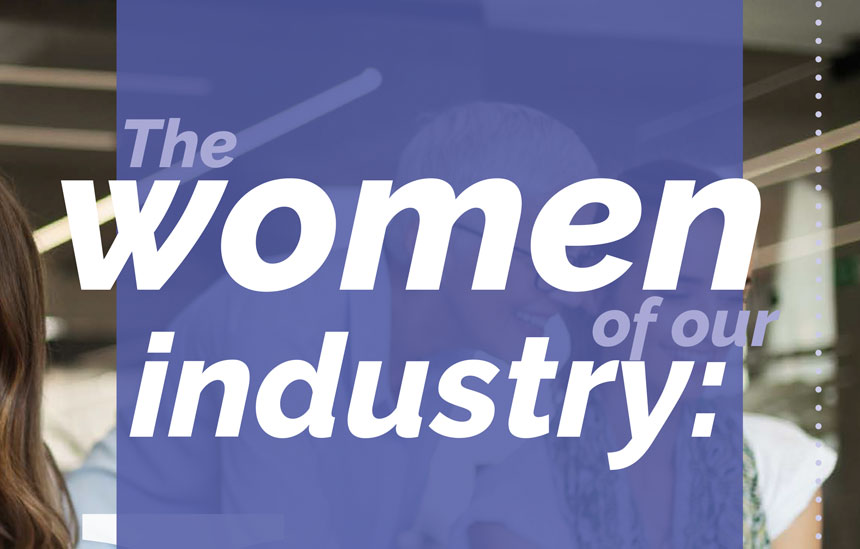Published on IDRA Global Connections Spring 2020 Issue
By Ms. Eva Steinle-Darling, Reuse Innovation Lead & VP at Carollo Engineers; President of WaterReuse Texas
- Humbled by the great examples of female leaders who have preceded me in the IDRA’s Women of Our Industry initiative, I appreciate the opportunity to reflect on how water reuse and my own career have evolved over the years, and what may lie ahead.
I was involved with the water industry before taking an active part in shaping it. Growing up, my grandfather and two uncles were in the wastewater industry, allowing me to contemplate challenges related to water supply every summer I struggled to reestablish flow to my parents’ backwoods cottage when the creek we drew water from ran low.
My graduate studies focused on the removal of trace organic contaminants using RO and NF membranes. At that time, potable reuse was mostly considered an “academic” pursuit. In fact, the National Research Council still considered it an “option of last resort,” and many regulatory structures actively hindered or prohibited potable reuse. Since then, I have been actively involved in a number of projects that break down these barriers, from leading a two-year water quality evaluation of the first and only operating direct potable reuse facility in the United States to supporting permitting and design efforts for several potable reuse projects across the nation and abroad. Even my previously esoteric graduate work on removal of perfluorochemicals, now known as “PFAS,” has recently gained significant real-world relevance! It’s no coincidence that as the industry has become more open and accepting to a more diverse workforce, it has also become more accepting of “unconventional” solutions to the many challenges we face. The more diversity we can bring to some of our existential water supply and water quality questions, the better and more innovative the solutions.
For example, one solution to the ever-present brine disposal challenge is to completely rethink the problem. Advanced treatment approaches
for potable reuse that do not produce brine are available, so decoupling potable reuse from the need to desalinate per se is a viable alternative.
Another persistent challenge is public perception. Future tools to address this challenge may involve a combination of sensor-based monitoring, data management, and an understanding of what builds trust. If, for example, millennials and subsequent generations can confirm the quality of their water from an app on their phone, when and where they want, they may be more likely to trust the results.
As I contemplate the challenges ahead, I see a strong need to cultivate a diverse workforce and recruit the best and brightest into our sector. My experience, while unique in its details, reflects a general trend: people tend to select fields to which they had positive exposure to growing up. So my call to all within our great industry is to participate in activities and events that expose the next generations to our sectors’ great challenges and opportunities. Actively seek out opportunities to engage, teach, and mentor—even a single conversation can make a difference. Just as my many touchpoints with the water industry ultimately motivated me to make a difference in our field, you can help inspire young people of all genders and hues to help solve tomorrow’s water challenges—through water reuse and desalination, of course!

